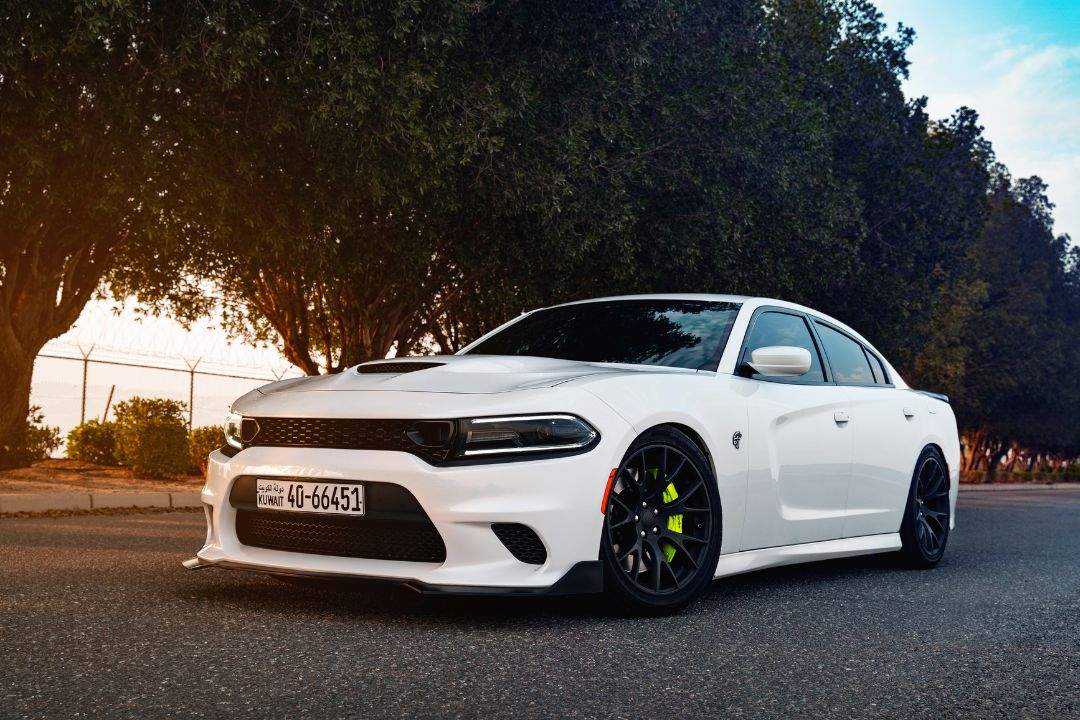Table of Contents
Introduction
In the vast world of automobiles, the term “carsized” has become a focal point, representing more than just a vehicle’s dimensions. It encompasses a myriad of considerations, from historical perspectives to future predictions, influencing consumer choices and shaping the automotive landscape.
Evolution of Car Sizes
Historical Perspective: From the compact designs of the early 20th century to the sleek and spacious models of today, the evolution of carsized mirrors societal changes and technological advancements.
Trends in Modern Car Sizing: Current trends showcase a diverse range of sizes, catering to varying consumer preferences and lifestyle needs.
Factors Influencing CarSized
Consumer Preferences: Understanding how consumer preferences drive the market is crucial. Factors like family size, lifestyle, and aesthetic preferences play a significant role.
Technological Advancements: Innovations in materials and design influence the size and weight of cars, impacting performance and efficiency.
Environmental Considerations: As environmental consciousness grows, car manufacturers are exploring eco-friendly materials and sustainable practices.
Pros and Cons of Different Car Sizes
Compact Cars: Ideal for urban settings, compact cars offer fuel efficiency but may lack space for larger families.
Midsize Cars: Balancing size and functionality, midsize cars appeal to a broader audience with a blend of comfort and efficiency.
SUVs and Crossovers: Popular for their spacious interiors and versatile designs, SUVs and crossovers cater to diverse needs but may compromise fuel efficiency.
Luxury and Oversized Vehicles: Reflecting opulence and status, these vehicles provide unparalleled comfort but may pose challenges in crowded urban spaces.
Impact on Fuel Efficiency
Relationship Between Size and Fuel Consumption: Exploring the delicate balance between size, weight, and fuel efficiency is essential for environmentally conscious consumers.
Innovations in Fuel-Efficient Designs: Car manufacturers are investing in cutting-edge technologies to enhance fuel efficiency without compromising performance.
Safety Considerations
Crash Test Results: Analyzing crash test results helps consumers make informed decisions about the safety of different-sized vehicles.
Advances in Safety Features: From airbags to advanced driver-assistance systems, safety features evolve to provide maximum protection.
Customization Trends
Personalization Options: Consumers increasingly seek customized options, influencing car manufacturers to offer unique designs and features.
Consumer Demand for Unique Designs: Understanding the desire for individuality drives the market towards more customizable options.
Future Predictions
Emerging Trends in CarSized Preferences: Predicting future trends involves considering evolving societal values and technological disruptions.
Potential Technological Disruptions: Advancements in electric and autonomous vehicles may redefine the conventional understanding of car sizes.
How to Choose the Right Size
Matching Lifestyle and Needs: Guiding consumers in aligning their car choice with their lifestyle ensures a satisfactory long-term investment.
Considering Long-Term Usage: Anticipating future needs and potential lifestyle changes is crucial when selecting a car size.
The Psychology of Car Size
Perceptions and Social Status: Explore the psychological aspects of how car size influences perceptions of social status and success.
Emotional Connection to Vehicle Size: Understanding the emotional connection people develop with their cars based on size and design.
User Experiences
Testimonials from Diverse Car Owners: Real-life stories from car owners provide valuable insights into the impact of size choices on their lives.
Real-Life Examples of Size-Related Choices: Highlighting individuals’ experiences to showcase the real-world impact of choosing a particular car size.
Environmental Impact
Carbon Footprint Analysis: Evaluating the environmental impact of various car sizes aids consumers in making eco-conscious choices.
Sustainable Practices in Manufacturing: Highlighting manufacturers adopting sustainable practices to reduce the overall environmental footprint.
Market Overview
Popular Car Sizes in the Market: Analyzing market trends to identify popular car sizes and their prevalence in different regions.
Sales Trends and Predictions: Insights into current sales trends and predictions for the future, helping consumers make informed decisions.
Industry Innovations
Breakthroughs in Size-Related Technologies: Explore cutting-edge technologies that are shaping the industry and influencing car sizes.
Collaborations Shaping the Future: Industry collaborations that contribute to innovative designs and redefine the boundaries of car sizes.
The Role of Carsized in Shaping the Automotive Landscape
Influence on Design Standards: Understanding how carsized influences design standards and aesthetic preferences in the automotive industry.
Community and Cultural Impact: Exploring the broader impact on communities and cultures as car preferences evolve.
Conclusion
In conclusion, the concept of “carsized” goes beyond mere measurements; it encapsulates a dynamic interplay of consumer preferences, technological advancements, and environmental considerations. As we navigate the diverse landscape of car sizes, it becomes evident that the choices we make today shape the future of the automotive industry.
FAQs
Can people customize the size of their cars according to personal preferences?
Customization has become a prevailing trend as consumers seek to tailor their vehicles to align with their unique tastes and needs. From color options to interior features, the ability to customize extends to altering the size and design elements of a car, allowing individuals to make a more personal statement on the road.
How do safety features differ among various car sizes?
Safety features vary across different car sizes, with larger vehicles often incorporating advanced safety technologies. However, advancements in smaller car safety, such as collision avoidance systems and improved airbag designs, contribute to narrowing the safety gap between different sizes.
What are the upcoming technologies influencing car sizes?
The automotive landscape is undergoing a transformation with technologies like electric and autonomous vehicles. These innovations are challenging traditional notions of car sizes, introducing compact electric models and redefining spacious interiors in autonomous vehicles.
How does the size of a car affect its resale value?
Carsized can influence resale value. Compact cars, often more fuel-efficient, may appeal to environmentally conscious buyers, while larger vehicles with advanced features may retain value due to their premium offerings. Resale value is also affected by market demand for specific sizes.
What role does consumer perception play in the popularity of certain car sizes?
Consumer perception significantly impacts the popularity of car sizes. Social status, environmental concerns, and lifestyle preferences all contribute to the perceived value of different-sized vehicles. Understanding these perceptions is crucial for manufacturers aiming to meet consumer expectations.
